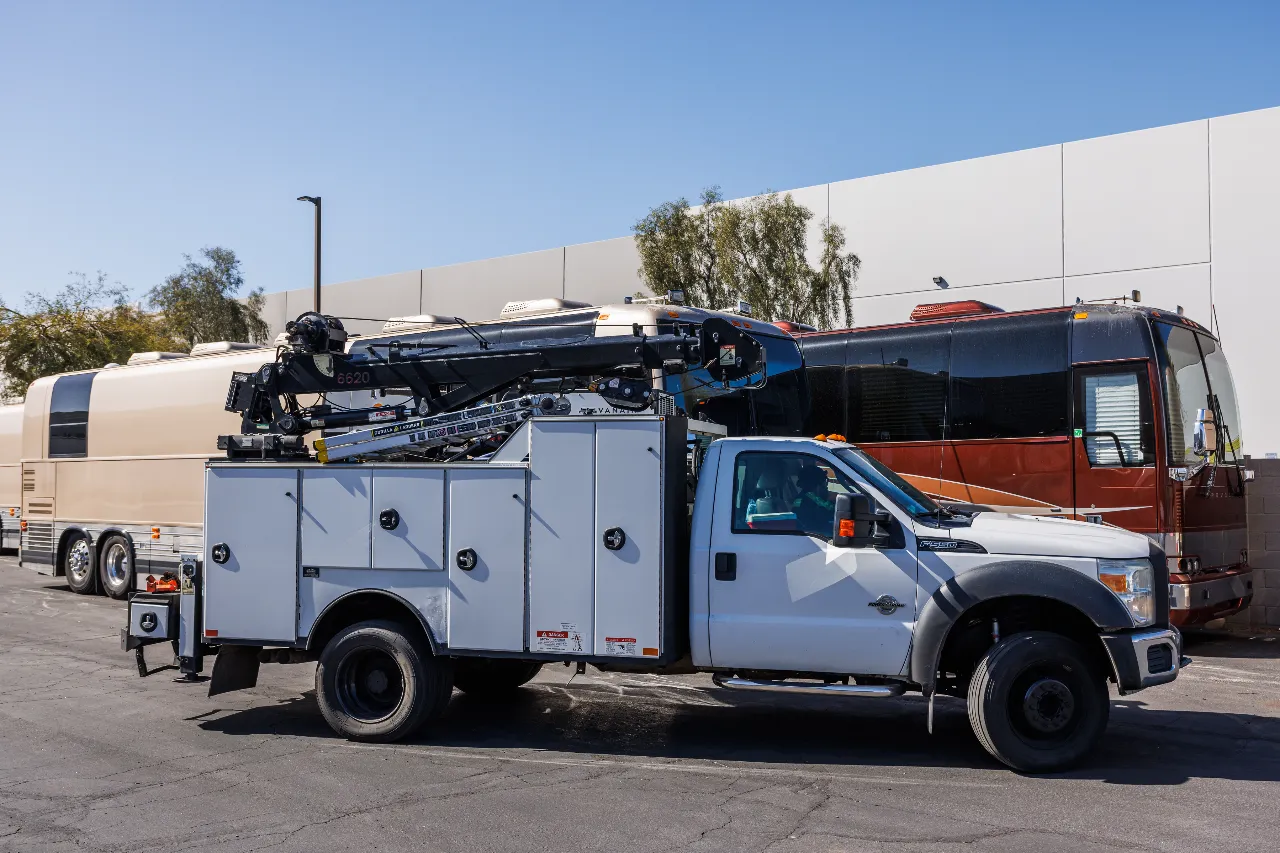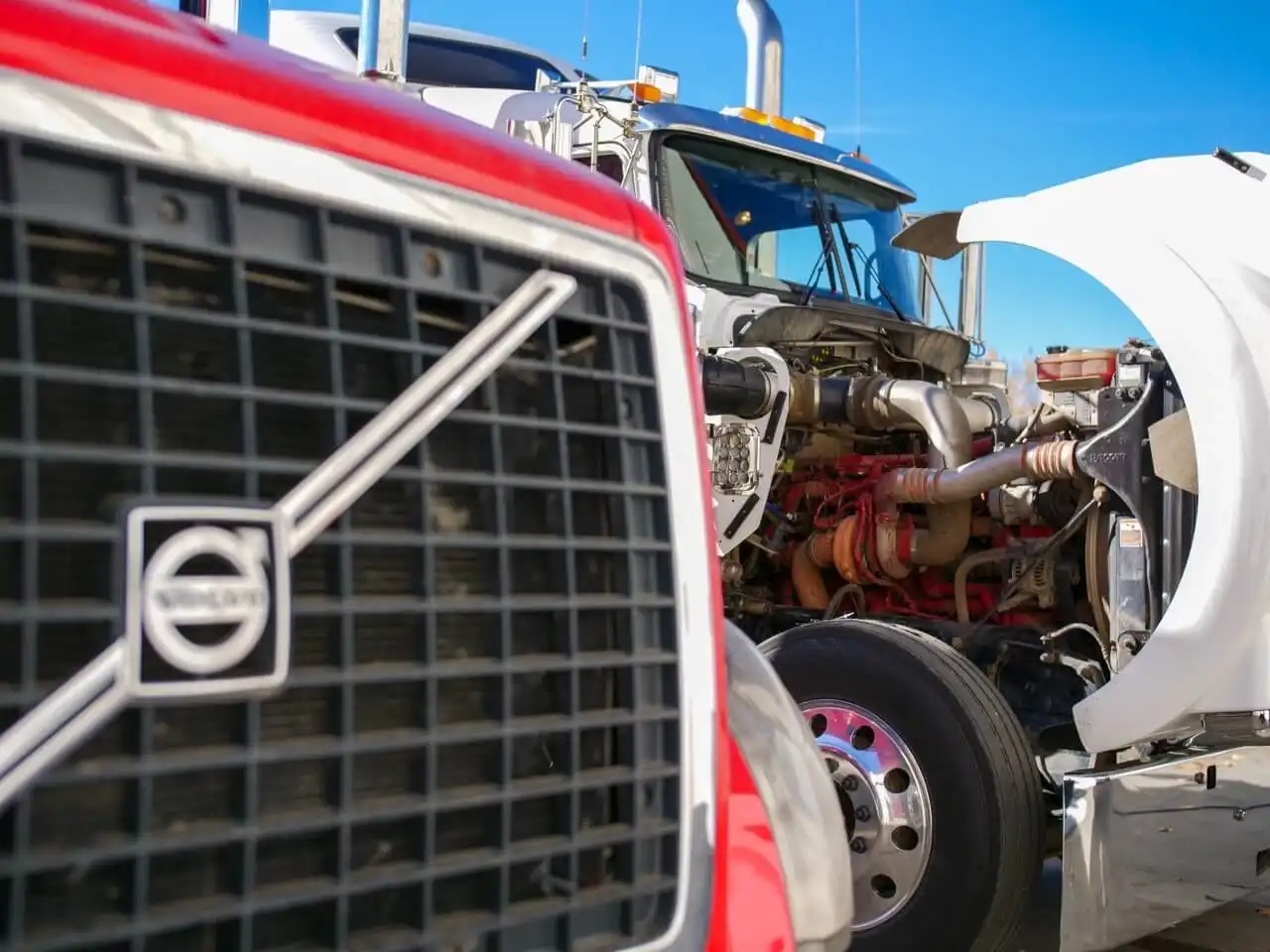For diesel fleet operators, maintenance is everything. A single breakdown can throw off delivery schedules, increase costs, and cause significant headaches. But thanks to telematics, fleet maintenance is no longer just about waiting for something to break—it's about preventing failures before they happen.
Telematics is revolutionizing diesel fleet maintenance, helping businesses optimize performance, reduce downtime, and save money. But how exactly does it work, and why is it becoming a must-have tool for fleet operators? Let’s break it down.
What Is Telematics and How Does It Work?
Telematics is an innovative technology system that collects real-time data from a vehicle and transmits it wirelessly to a central platform. It allows fleet managers to monitor everything from engine health and fuel consumption to driver behavior and GPS location.
A telematics system typically includes:
- A GPS module for tracking location and routes.
- An engine control unit (ECU) connection to monitor performance.
- Wireless communication (4G/5G or satellite) to transmit data.
- A cloud-based dashboard to analyze vehicle data and receive alerts.
With these components working together, fleet operators can access real-time insights into their trucks' conditions and make data-driven decisions to keep their fleet running smoothly.
How Telematics Improves Diesel Fleet Maintenance
1. Predictive Maintenance: Catching Problems Before They Happen
Traditionally, fleets relied on scheduled maintenance, performing inspections at set intervals. While this approach helps, it doesn’t prevent unexpected failures between checkups.
With telematics, maintenance becomes proactive rather than reactive. Sensors constantly monitor:
- Engine health (fuel pressure, oil temperature, coolant levels).
- Transmission performance (gear shifting efficiency, torque levels).
- Emission systems (diesel particulate filter (DPF) regeneration status, exhaust gas recirculation (EGR) performance).
When the system detects an irregularity, it sends an alert before a problem becomes critical. This allows fleet managers to:
- Address small issues before they cause breakdowns.
- Reduce repair costs by avoiding major failures.
- Extend the lifespan of diesel trucks.
For fleets in California, where BIT inspections (Basic Inspection of Terminals) are required every 90 days, predictive maintenance ensures compliance by keeping trucks in top working condition.
2. Real-Time Fault Code Monitoring and Remote Diagnostics
Diesel trucks generate diagnostic trouble codes (DTCs) when a component fails. However, without telematics, a driver might ignore a warning light or fail to report an issue in time.
With remote diagnostics, telematics immediately sends fault codes to the fleet’s maintenance team, allowing them to:
- Determine if the issue requires immediate attention.
- Order necessary parts before the truck arrives at the shop.
- Decide if the vehicle can continue operating safely.
This reduces unnecessary downtime and ensures that mechanics are ready to fix problems as soon as the truck arrives.
3. Fuel Efficiency and Cost Savings
Fuel is one of the biggest expenses for fleet operators. Inefficient driving and poor vehicle health can lead to higher fuel consumption, but telematics provides the data needed to optimize fuel efficiency.
Telematics monitors:
- Idle time – Reducing excessive idling can save thousands of dollars annually.
- Harsh acceleration and braking – These driving habits waste fuel and increase wear.
- Optimal routing – Avoiding traffic and detours improves fuel economy.
Fleet managers can implement better driving policies by analyzing fuel consumption data and significantly cut operating costs.
According to industry reports, fleets using telematics can reduce fuel consumption by 10-15%, making it an essential tool for cost-conscious operators.
4. Enhanced Driver Safety and Performance Monitoring
Driver behavior directly impacts vehicle longevity, fuel efficiency, and safety. With telematics, fleet managers can monitor:
- Speeding incidents – Excessive speed increases fuel use and wear.
- Harsh braking and acceleration – Leads to quicker component deterioration.
- Seatbelt usage – Ensures compliance with safety regulations.
By tracking this data, fleet operators can identify risky driving patterns and provide training to improve driver performance.
For insurance purposes, telematics can also help fleet owners prove that their drivers follow safe driving practices, potentially lowering insurance premiums.
5. Better Compliance with Fleet Regulations
For diesel fleet operators in California, compliance with emissions and safety regulations is a significant challenge. Telematics simplifies compliance by:
- Automating Driver Vehicle Inspection Reports (DVIRs).
- Tracking emissions data for CARB (California Air Resources Board) compliance.
- Recording Hours of Service (HOS) for Electronic Logging Device (ELD) mandates.
Instead of manually logging this information, telematics automates record-keeping, reducing the risk of fines and keeping fleet operations smooth and legal.
The Future of Diesel Fleet Maintenance with Telematics
As technology advances, telematics will continue evolving. Some emerging innovations include:
- AI-powered diagnostics – Predictive maintenance will become even more accurate.
- 5G connectivity – Enables faster data transmission and real-time video monitoring.
- Blockchain-based maintenance records – Provides tamper-proof service histories.
At KingFleet, we believe integrating telematics into diesel fleet maintenance is the key to success in an increasingly competitive industry.
Conclusion
Telematics transforms diesel fleet maintenance by providing real-time diagnostics, predictive maintenance, and driver monitoring. With the ability to prevent breakdowns, improve fuel efficiency, and ensure regulatory compliance, telematics is becoming an essential tool for fleet operators.
Telematics is a game-changer for fleets in California, where strict BIT inspections and emissions regulations apply. By embracing smart technology, fleet owners can reduce costs, improve vehicle longevity, and gain a competitive edge in the industry.
If your fleet isn’t using telematics yet, now is the time to make the switch. The future of fleet maintenance is here—and it’s smarter than ever.






